6 things you didn’t know about Chrysler’s turbine car
When Stephen Stills wrote “For What It’s Worth” in 1966, he was referring to a protest gone wrong, but the chorus could easily have been used by Chrysler’s experimental turbine-powered car program from 1964. A car with a jet engine? That sounds absurd.
Chrysler did build a small batch of turbine-powered cars, though, and a few became part of everyday life for a handful of lucky consumers. Even in a time when technology was advancing regularly, Chrysler’s turbine car pushed forward the automotive industry and the United States.
In June of 2022, the Hagerty Drivers Foundation (HDF) inducted the Chrysler Turbine into the federally recognized National Historic Vehicle Register. A year later, HDF has created a thorough documentary including interviews with experts on the turbine-car project, from engineers who were there from the start to collectors who have spent years chasing the few remaining Turbines.
We pulled out a few of the highlights from the documentary, which goes live today. If you like what you read here, the full video is embedded at the bottom of the article. Grab a cold drink, sink into a good chair, and give it a watch.
Everything started with Project A-86
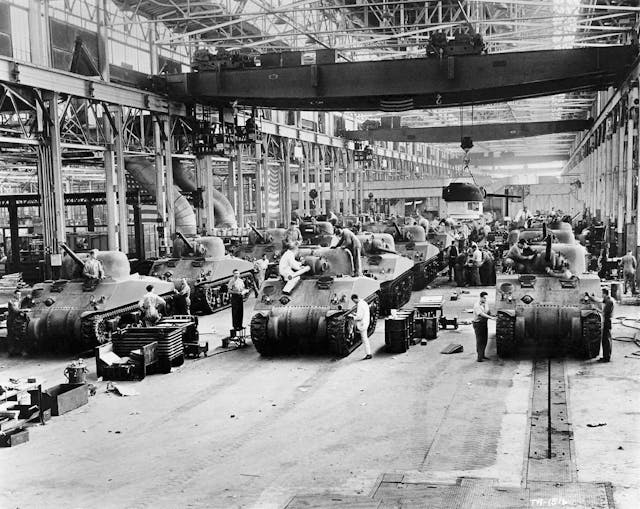
Just as WWII was ending, Chrysler finally finished a turboprop engine design codenamed A-86. Though jet engines made similar power to piston-powered ones, jet engines were far smaller and lighter, meaning that planes could be scaled up, perhaps even push right to the sonic barrier. When the need for aviation advancement became less urgent, Chrysler killed the project. Could we put the turbine engine in a car? the engineers wondered.
Jet engines are incredibly space-efficient for a plane, but the turboprop didn’t immediately work in a car. The issues to solve were the same as you’d encounter when packaging any other powertrain: How to cool the engine, where to store the fuel, and which transmission to use.
It is not a jet car
A turbine-powered plane is pushed through the atmosphere by the force of the air exiting the turbine, or thrust. That wasn’t going to work well in vehicle traffic.
To make turbine power work on the streets, engineers added a second-stage turbine. Driven by the air coming out of the initial turbine, this second-stage unit also held a 10:1 gear reduction, which reduced the first turbine’s engine speed (40,000–50,000 rpm) to something a rear axle could accommodate. This second-stage turbine is the reason why the Chrysler is a turbine car, not a jet car.
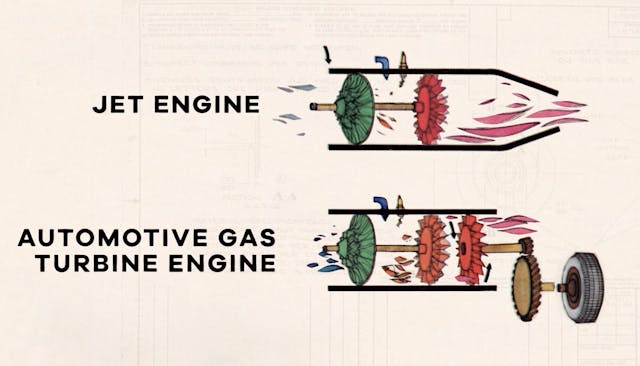
To make the Chrysler Turbine behave like users expected cars to behave, throttle response and fuel supply also had to be radically altered. What engineers did not have to deal with, though, was vibration. A turbine engine’s internal parts only rotate; they do not reciprocate.
It can run on just about anything combustible
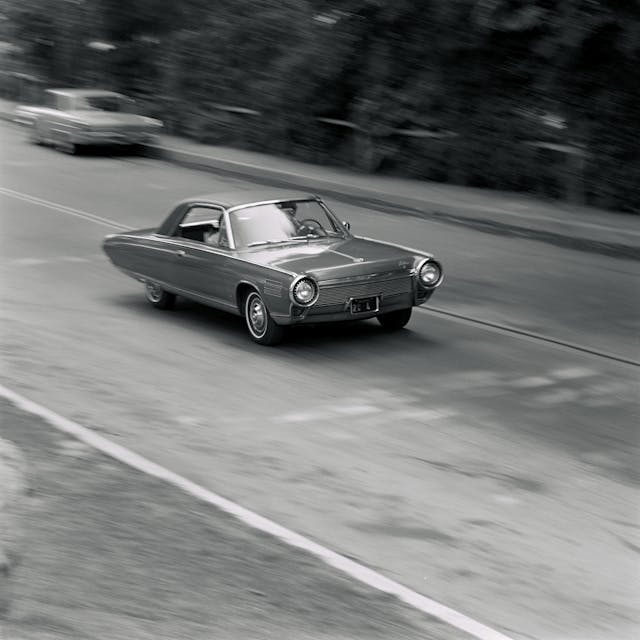
Unlike a piston engine, a turbine engine does not compress its fuel, so it can run on substances that would auto-ignite under compression or have trouble burning quickly enough for a short power stroke. Jerry Gross, one of the engineers from the Chrysler program, took one of the Turbine cars out to a peanut festival and fed it peanut oil. He said the car smelled like a restaurant kitchen but ran fine. Another story goes that, while in France, someone once ran the car on Chanel N°5. We would hate to see that bill …
Chrysler wasn’t the first to try turbine power

As early as 1949, Rover also had the idea to stuff a turbine powerplant under the hood of a car, so the post-war race to leave the piston behind became a match between the U.S. and England. Chrysler did not represent the U.S. alone: All the big auto manufacturers of the 1960s were experimenting with some type of turbine propulsion. It was Chrysler who went all-in, though, and created something more than a one-off show car. That investment made Chrysler’s efforts all the more memorable.

Real people got to drive them
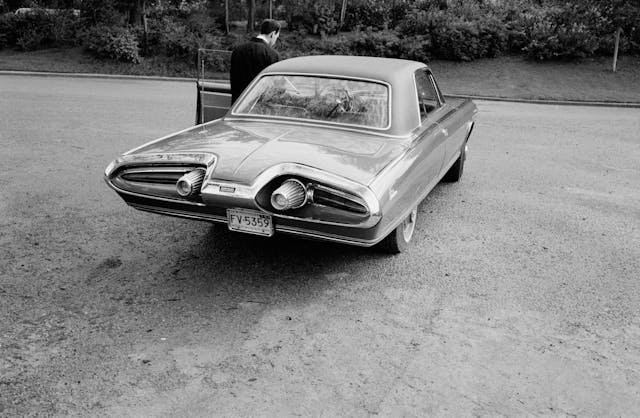
After the flurry of public relations stunts, in which Chrysler showed a few turbine cars at events across the country, the company took it up a notch by putting turbine cars in the garages of consumers. Not engineers. Not marketing people. Real-world users who lived with the car day in and day out for weeks at a time.
Engineers and designers can do a lot of testing, but those specialists think and drive differently than the average user does. Does the car have an adequate cooling system? Does it have the proper throttle response? How happily will it idle in traffic? All of these questions would normally be answered over months of testing, but Chrysler decided not to wait. In total, 203 lucky drivers got their own turbine car—Chrysler built 50—for three months. The cars were out in the wild, and people who paid attention could recognize one at a glance.
Not just bronze, Turbine Bronze
Chrysler didn’t really need the turbine cars to stand out visually, since the wild exhaust sound made it pretty obvious, but a little extra flair never hurt anybody.
The light-bronze color choice was safe enough to blend into ’60s traffic but unusual enough that the car would catch the public’s eye. The whole 50-car Turbine fleet wore this color. (Chrysler brought back Turbine Bronze in 2013 for a one-off 300C homage, but it wasn’t nearly the same.) The paint, the interior details, and the streamlined, jet-influenced silhouette all combined to be a subtle yet dashing car that is now forever documented as a critical piece of our automotive history.
***
Check out the Hagerty Media homepage so you don’t miss a single story, or better yet, bookmark it. To get our best stories delivered right to your inbox, subscribe to our newsletters.

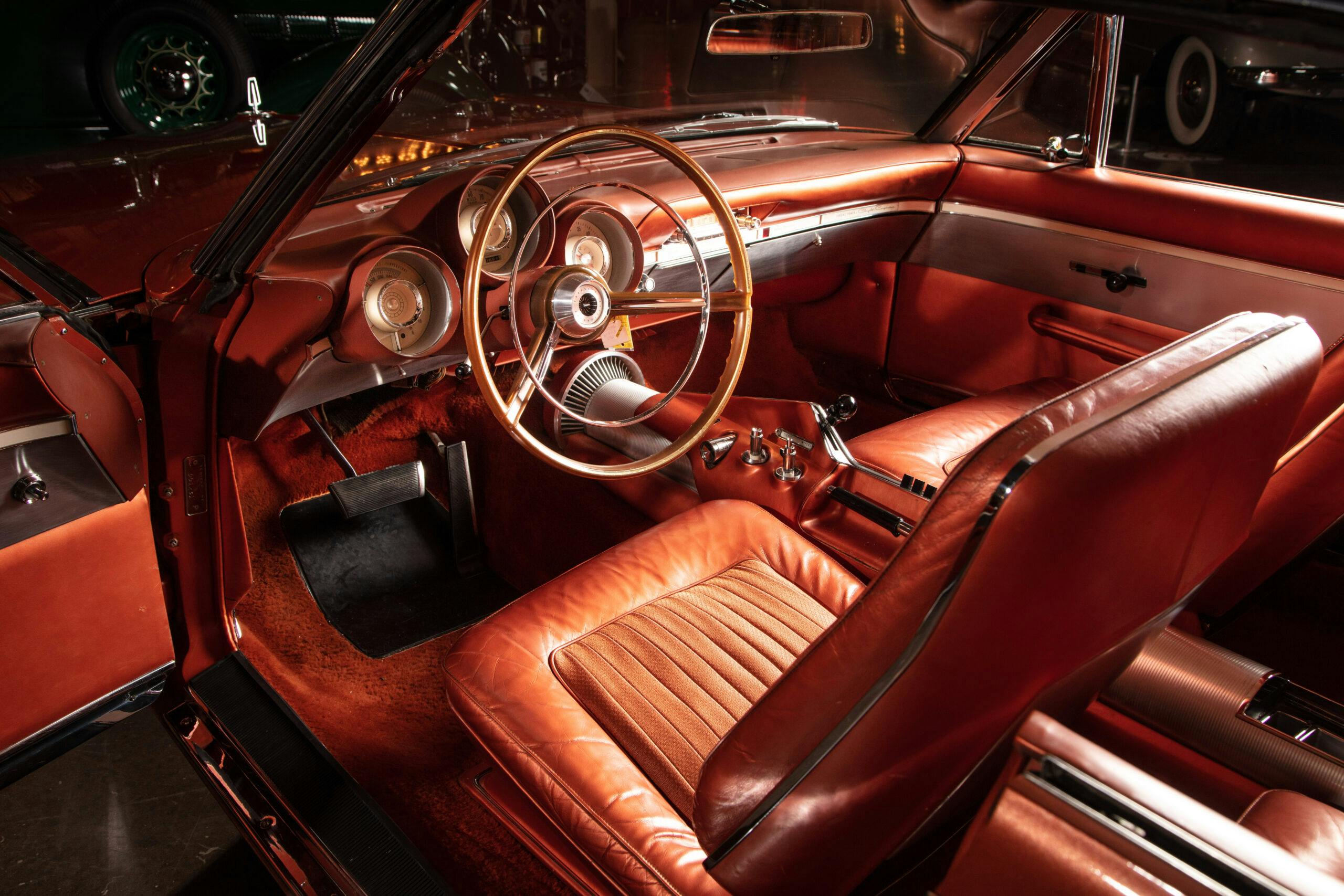
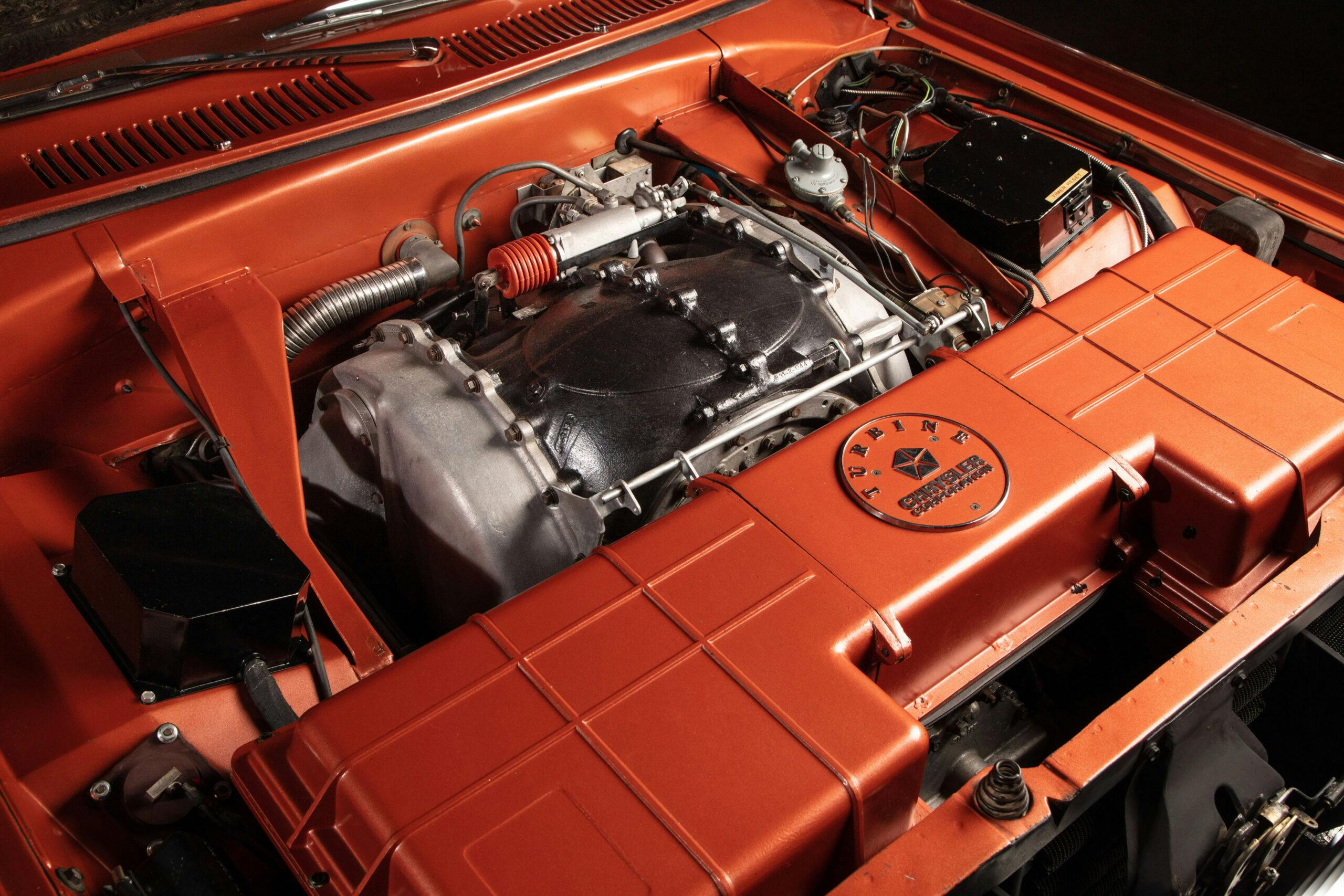

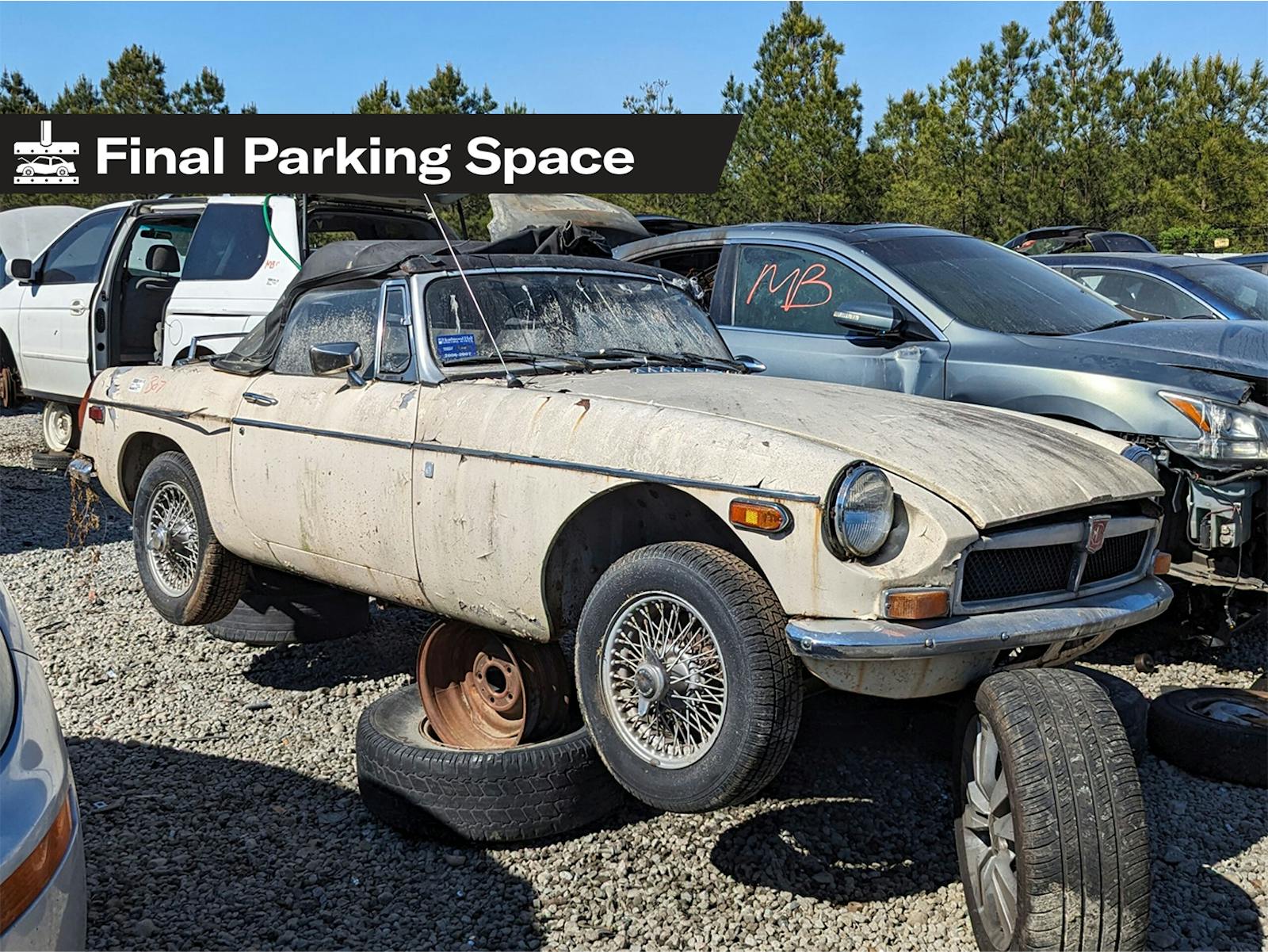
It could be argued that the U.S. was able to develop cruise missiles in part because of the Chrysler turbine project. Sam Williams, the developer of the small fan-jet engine and founder of Williams International, which supplies engines for our cruise missiles, worked on turbines for Chrysler before starting his own firm. https://www.invent.org/inductees/sam-b-williams
My job is flying with a couple of 2800 lb thrust engines designed by Dr. Williams. An American genius.
I knew all that. Chrysler had several Turbine cars before this. Also the same designer of this car did the T birds for Ford in the early 60’s hence why it looks like a Ford.
My Dad, Elmer Kiel, took the turbine car to car shows like eyes on the classic in Detroit and gave many people rides in it at Chrysler proving ground. He loved the car. I have pictures of it in Chelsea Michigan.
In 1964, my 8th grade Math teacher was one of the public Test Drivers for the Turbine car.I recall us kids walking around it “oooh’n & ahhh’n”. I never was able to hear it run because I usually got out of school late
(Detention 🤣)
Back in the 60s some friends and I skipped high school lunch to walk over to the local Chrysler show room in Utia, NY to see the Turbo car that was there on display for the day.
As a high schooler in Ft Lauderdale, I remember seeing one in traffic there–IIRC it was along the beach on highway A1A…we first heard the whine, which tipped us off (we had read about Chrysler’s turbine car) and sure enough, there it was. No cell phone cameras then but I still have the visual memory; I thought it looked like what a 1980 Thunderbird would look like.
Were all the Tirbine cars destroyed?
Nine cars were spared. Chrysler kept three in running condition. The other six had engine internals removed, and were donated to transportation/science museum. There are now four cars that run… Two still owned by the company (one was sold to Jay Leno around bankruptcy time in 2009) and one that was recommissioned using parts from the St. Louis Transportation Museum’s former display engine. That car is now owned by Stahl’s Auto Museum, just north of Detroit. Chrysler owns two more conventionally-bodied, later-generation Turbine cars, 1977 (LeBaron) and 1980 (Mirada), but they don’t display them… A shame.
The Chrysler Turbine car owned by the National Museum of Transportation in St. Louis, Missouri, has been a running and driving car since the 1960 when they got the car from Chrysler. I just heard it run at the museum last week.
Yep – I have heard the St. Louis one run, and it is cool.
I rode in one of these cars at the 1964 World’s Fair in NYC when I was 7 years old!
Lucky you! My parents weren’t interested in things like that (at least, my mother wasn’t), so I just have memories of the Pieta.
My wife’s family are Catholic as well. That would have been their day at the fair. I got to see both. Ha
Nicely done article. For anyone interested in turbine cars, a Howmet TX 1968 turbine powered sports prototype race car built by McKee Engineering will be at Road America for the vintage event July 13-16.
Where is that event Carl, Thanks in advance.
Road America is a few miles outside Elkhart Lake Wis. on Wis hey 67
Sorry for typo it’s on Highway 67.
There will also be a concour in downtown Saturday afternoon.
The Howmet TX raced at a time when fuel tank capacity could not be larger than 35-36 US gallons. The Howmet TX turbine burned up all the fuel in 55 miles of racing. That meant they needed around 50-55 pit stops for fuel in 24 hours… a pit stop every 25 minutes or so.
Since the Turbine will burn any type of combustible fuel, I wonder what the typical Turbine powered car would generate for pollutants, now that that The Greenies are attempting to take our Fossil fuel burning modes of transportation away from us. Imagine, (If you will) Electric cars with Batteries…Charged by Electric power CHARGING stations, SUPPLIED by Fossil Fuel Power Plants, to SUPPLY ELECTRICITY TO THE ELECTRIC CARS MEANT TO STOP THE USE OF FOSSIL FUELS…………………………………………………………..(Thanks Rod Sterling………………..News Flash!!!Braintree Massachusetts, South Shore Plaza Shopping Mall. Being shown to the General Public, is a Chrysler Turbine Car!!. I sat in one of those Turbine cars when I was 8 years old. Loved it then, as I do now, 60 years later! Jay Leno owns one ….of Course!
His name is “Sterling”, not Sterling.
SERLING! G*D D*MNED AUTOINCORREC
Jeezus Wept. Rod Serling. Auto incorrect is jacking my blood pressure, and this site won’t let you correct, just post and grind teeth. Arrrrrgh.
SERLING. SERLING. EFF THE AUTO INCORRECT.
The Year was 1963
It was of my opinion that these cars were of 1963 vintage also. In fact look at the the license plate of the frontal view of the one in the article, yep 1963.
I took a ride in one when Chrysler brought one to Notre Dame and gave rides to mechanical engineering students. Two things I remember vividly: It idled at 60,000 rpm and red-lined at 120,000 rpm. The other thing I remember was the startled look on pedestrians faces when we pulled up to the stop sign in front of the university. The exhaust sounded just like you’d imagine.
Inspiration for the Bat Mobile ?
The Batmobile was built from the Ford Futura show car. Another Barris product.
The Lincoln Futura is a concept car promoted by Ford’s Lincoln brand, designed by Ford’s lead stylists Bill Schmidt and John Najjar,[2][3] and hand-built by Ghia in Turin, Italy.
Stahl’s Auto Collection has a beautiful 1963 on display.
I remember following one on 8 mile for about 5 miles in stop and go traffic in the 60’s,
what a sound and the heat waves coming from the exhaust was unreal.
An older gentleman in my neighborhood back when I lived in Erie PA told me a story about his good friend that had one to test drive around Erie in the dead of winter for snow and cold weather drive testing.
My father was the engineer on the project who mated the turbine engine to a 727 torqueflite transmission. There are a lot more pictures and story on Mark Olson’s site https://turbinecar.com/wiggins.htm
My dad was also an engineer on the turbine car project. I have boxes full of the notes he made as they researched turbine manufacturers and test data. I have a picture of him in one of the test cars.
All of my life I heard about the things he worked on before I was born: rocket engines, Turbine car, Daytona Superbird, etc… I haven’t done anything interesting at all, in comparison.
Some buddies and me went to see one at our local Chrysler dealership in Toronto.
I still have the brochure.
happy motoring everyone
BJ